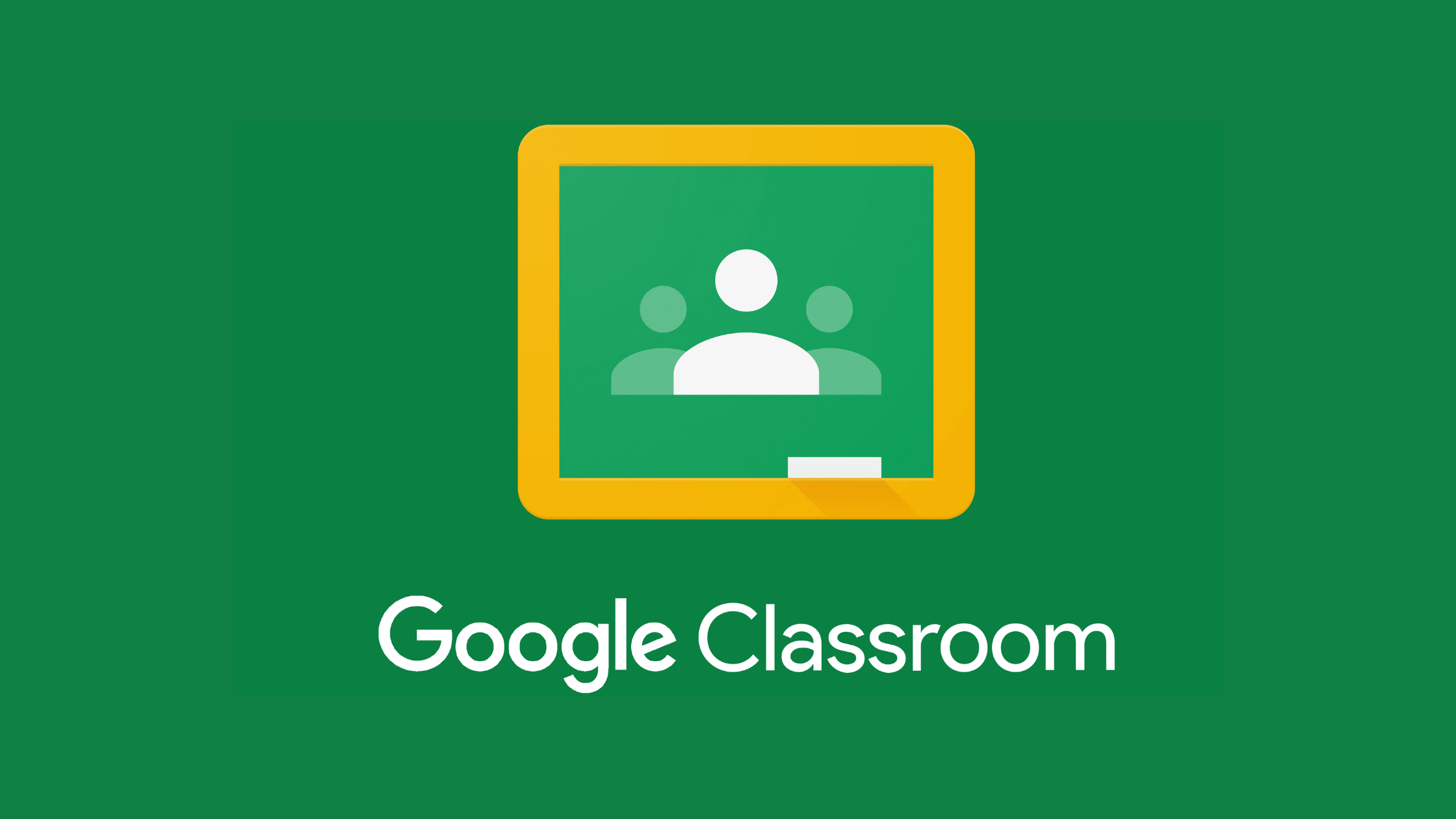
Technological elements have become a crucial part of educational strategies to deliver pertinent and more engaging learning experiences in this digital era today. Educators are now able to design sophisticated, interactive personalized, and multimedia rich learning content to meet the various requirements of students using all these tools and resources. Today’s blog post breaks that record for length by a long shot and should be able to guide you in best practices when it comes to incorporating technology into the classroom, giving tips on how can better use educational technology to serve, educate, and connect with students.
Adopt a Student-Centered Approach
An excellent use of technology in the classroom is to make it a hub of student-centered learning. In other words, moving the focal attention from usual teacher-oriented education to hands-on and shared learning experience. Google Classroom) or Canvas LMS (Available Here) to participate in discussions, work on group projects and access materials all on their own time.
Incorporate Multimedia Resources
Pictures, video tutorials and interactive website can take part individuals into your method. Grade 11 – You could try watching educational videos from sites like Khan Academy (https://www.khanacademy.org/) to better understand tricky concepts in subjects (catering for kinesthetic learners). In addition, free copyrighted images repositories such as Pixabay (https://pixabay.com/) and Unsplash (https://unsplash.com/), full of HD photos can be used on educational documents in order to make them more attractive.
Use Interactive Tools to Foster Collaboration
For example, digital tools such as Padlet, Jamboard and Kahoot are excellent ways to encourage active participation on the part of the student. The digital canvas Padlet enables students to share their ideas, resources and questions in real time, resulting in a more open and engaging learning process.
Personalize Instruction by Using Adaptive Learning Technologies
AI-powered adaptive learning platforms, like DreamBox and IXL, tailoring the content to each student are a natural fit in delivering on individual potential. Some of the best combine individual performance-based content adjustment with teacher support for targeting varied learning needs.